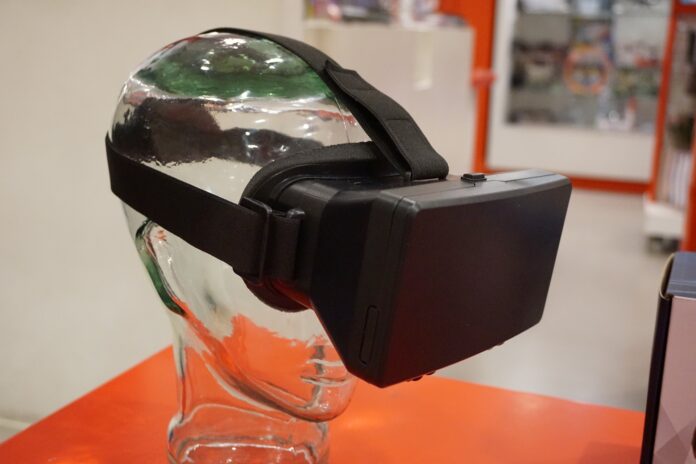The Nice University Hospital (CHU de Nice) has just been awarded a national health project grant for its REBONE program. Focused on 3D modeling and mixed reality, this project aims to improve the treatment of complex bone injuries. This advancement is driven by artificial intelligence, serving the patients.
The announcement was made at the “CHU X HealthTech Connexion Day” organized in Marseille. The Nice University Hospital is among the institutions selected as part of the Hospital-University Research (RHU) call for projects. The selected project is titled REBONE. It combines mixed reality, 3D modeling, and artificial intelligence to prepare and optimize surgical interventions on fractured bones.
REBONE offers a new method: 3D modeling of the patient’s anatomy before the operation, creating a “digital twin” from imaging exams, then planning the surgical procedure in advance using simulations. Surgeons can thus test several hypotheses, better visualize the actions to be taken, and decide on an adapted protocol as a team.
“This allows for improved precision in procedures, personalized care, and also visualization via a headset displaying the bone to be repaired and the prosthesis to be applied,” explains Rodolphe Bourret, CEO of the Nice University Hospital.
A collective ambition for better fracture management
This project brings together several institutional and industrial partners. University Côte d’Azur, CNRS, Inria, Inserm, Institut Pasteur, AP-HP, as well as technology sector companies are participating in this consortium. REBONE has a budget of 24.6 million euros, including 8.2 million financed by the National Research Agency. The project is part of the France 2030 plan, which supports the development of medical innovations.
Professor Marc-Olivier Gauci leads the project. He works within the Sports Locomotor and Neuroscience University Institute. A shoulder specialist, he has been using artificial intelligence in his scheduled surgical procedures for about fifteen years. He is now looking to extend these tools to traumatology, which involves emergency interventions.
“Since the 2010s, I have been working with a digital twin for scheduled surgery operations, which set me on the path to work on traumatology,” he clarifies. “In emergency situations, it is the top priority, so patient care needs to be optimized.”
Usually, surgical decisions are made after discussions between surgeons. Each case being unique, opinions sometimes differ. The use of the digital twin could facilitate these discussions and make decision-making easier. The objective is to reduce complications and accelerate recovery.
The first clinical trials are planned in Nice in five years. The CHU hopes to offer this technology to patients across its different departments. “We have all the specializations represented in a CHU, which is an advantage because we will have the digital twin for all joints,” indicates Professor Gauci.
REBONE complements another initiative of the CHU, the Hospital-University Institute RespirERA, dedicated to respiratory diseases, also supported by France 2030. These projects reflect a clear direction: integrating technological tools into daily medical practice.
For the project leaders, it is less about replacing expertise and more about enhancing it. Artificial intelligence becomes a decision support tool. The implants are modeled and then tailor-made, adapted to each patient. A way to bring the medicine of tomorrow closer to real-world situations.


